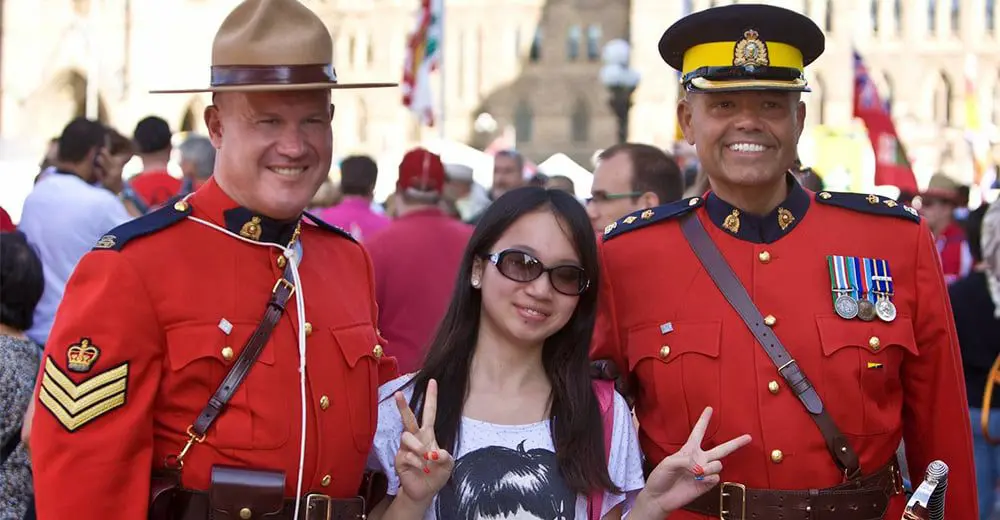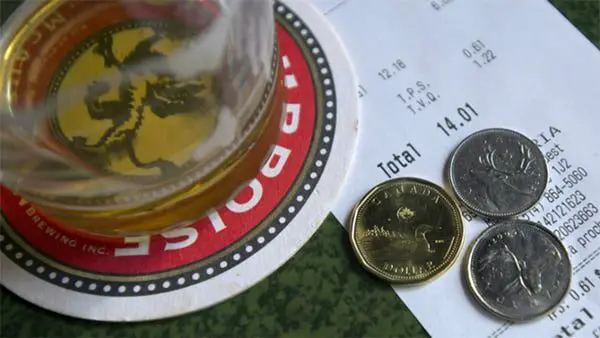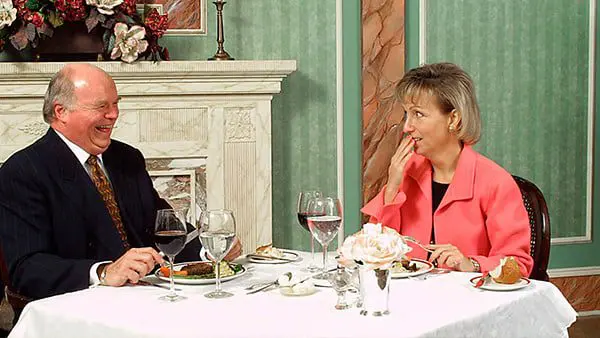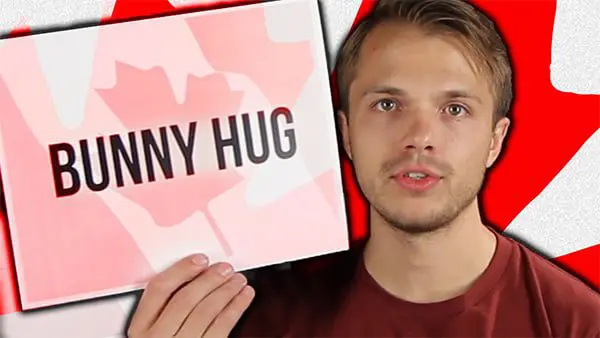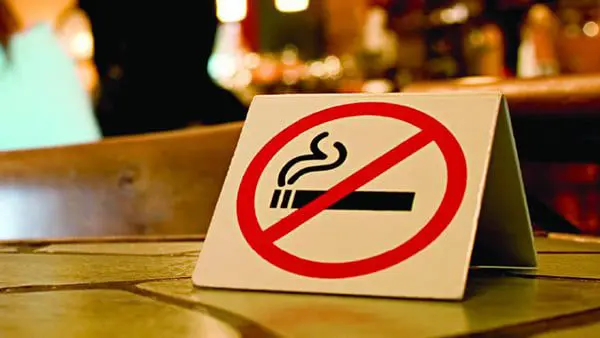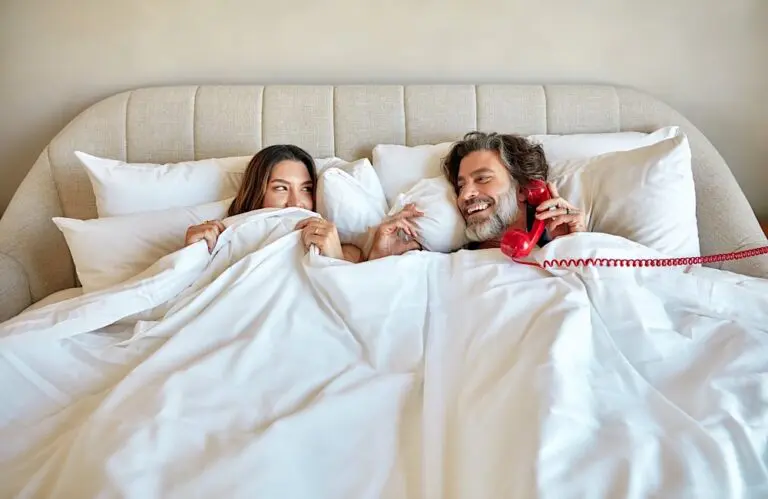‘Out’ and ‘about’ in Canada? How much do you tip? Can you smoke in restaurants? Is jaywalking acceptable and what’s a bunny hug?
Are you or your clients planning a trip to Canada? These handy tips below will make sure you won’t fall for any etiquette faux pas when visiting the Great White North.
Tipping
In restaurants
Gratuities are seldom included in Canadian restaurants. It is customary to tip approximately 15% on the total bill before tax, 20% for exceptional service. Approximately because tipping is personal and if 10% is your personal choice then tip 10%; but 15% is customary and (rightly or wrongly) expected.
In hotels
It is also a good idea to tip in hotels. Tipping at hotels does not stop with the hotel staff that brings baggage to a guest room. For example, if the valet service is used to park a car, it is customary to leave a tip. If you are in and out with your vehicle several times a day, many valets will refuse a tip each time. When they refuse, it is a nice touch to leave a little extra on their next tip. It is also appreciated when a tip is left for your hotel room attendant. One idea is to write ‘Thank You’ on a notepad and leave the tip there.
For other services
Tipping is also customary for other service providers such as hairdressers, manicurists, aestheticians and taxi drivers. In these cases the percentage of tip is really up to the individual, but 10% minimum is common.
Etiquette
Common courtesy, as practiced anywhere in the world, is also much appreciated in Canada. Polite requests for services or attention generally means you will be cared for in the same manner. Smiles, patience and a friendly approach are appreciated anywhere you travel.
For the most people will find little difference in word usage between the United States and Canada.
Francophone (French-speaking) Canadians can be very patient with visitors’ (and Canadians) poor French skills, but it is still best to make the effort to try to speak French. This is more out of courtesy or respect than efficiency.
You will find that Canadians have a decidedly British or French slant to their accents which is distinctly different from the United States. Canadians do not find it amusing when people repeatedly point out how their pronounce “out”, “about” and “house” differently from their American ‘neighbours’.
Public Behaviour
Business
In business situations, a handshake is used upon greetings or introductions. Men usually wait for women to offer their hand before shaking.
An open, cordial manner is usually necessary when dealing with Canadian business people. Many Canadians find the “hard sell” method to be too pushy and it is a quick way to lose both first-time and repeat customers.
The “American way of business” is not the same as the “Canadian way of business”.
Conversation
Direct–but not too intense–eye contact can be acceptable, especially when you want to convey interest and sincerity. Some ethnic groups, however, look away to confer respect.
Greetings are English expressions similar to those in Great Britian and the United States, such as “good morning”, “good afternoon”, “good evening”, “hi”, and “hello.” Some young people have adopted “hey” as an informal greeting; it is used the same way as “hi”, and is not meant to be disrespectful.
Shopping, Banking, & Dining
The GST (Goods and Services Tax) rebate formerly available to visitors from USA and overseas is no longer available. To learn more about Canadian taxes, see the TripAdvisor Traveller Articles Canada – Taxes and Canadian Prices – Not What They Appear
Common courtesies such as holding doors open for the person behind you (regardless of their gender) are appreciated and often expected. If someone holds the door open for you, it is polite to say “thank you”.
People using bank machines (ABMs or ATMs) expect the next person in line to stand a few feet behind them. In a shop it is considered proper privacy etiquette for the store clerk to turn their head or direct their attention away from you while you enter your PIN number into the debit/credit machine, others in line behind you should do the same.
Most restaurants in Canada don’t have a smoking section. It is a non-smoking environment almost everywhere. In an increasing number of Canadian communities, there are by-laws in effect prohibiting smoking in restaurants, bars, and even public parks.
On the Road
Similar to the United States, one should expect to encounter more aggressive driving behaviour in Canada’s urban areas, as opposed to rural areas, especially in the Central Canadian provinces of Ontario and Quebec.
One should also expect higher vehicle speeds, in excess of the speed limit, on rural roads or county/range roads where law enforcement is less common and the distances between populated areas greater.
Pedestrian behaviour differs depending on the region, with jay walking being more common in Central Canada than in the West or East.
Talking on your phone (except when using a hands-free device) or using other hand-held electronic devices while driving is illegal in nearly every jurisdiction. If an activity takes your hands off the wheel or your eyes off the road, it is unsafe and you could be charged with distracted driving. Fines range from $100 to $400 or more for a first offence, and you could also receive up to 4 demerits.

